Notes: Brymbo Great Western Railway (GWR) station was situated on the Wrexham & Minera Railway which, in its original form, ran from Wheatsheaf Junction on the Chester & Shrewsbury line north of Wrexham to a limeworks at Minera. The line opened in July 1847 and passed through the Moss Valley and Brymbo areas with their mines and ironworks. The line had two very steep rope-worked inclines and two tunnels between Wheatsheaf Junction and Brymbo which proved a hindrance once traffic levels built up. To solve the problem the Wrexham & Minera Railway (W&MR) company was incorporated on 17 May 1861 to build a three-mile line from the Chester & Shrewsbury Railway at Croes Newydd to the original Minera line at Brymbo. The line opened as a single-track branch on 22 May 1862 for goods services only, and it could be worked by locomotives throughout. The original line closed between Brymbo and Moss, but the rope-worked incline on the east side of the Moss valley remained in use until 1908.
On 11 June 1866 the W&MR was amalgamated as the Wrexham & Minera Joint Railway with the Great Western Railway (GWR) and the London & North Western Railway (LNWR) as part of a plan to create a through route from Mold to Wrexham. The new line which opened on 27 January 1872 linked Brymbo to Coed Talon and had its junction with the original Wrexham & Minera line just to the north of the location where the Brymbo GWR station would later be sited. The sections of line that did not form part of the new Mold route, including the route between Brymbo and Minera, were vested solely with the GWR in 1871.
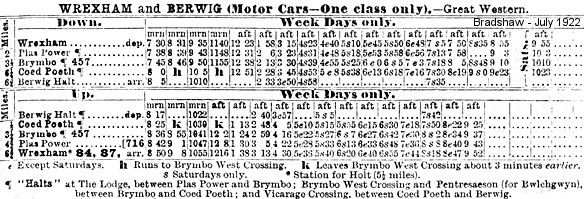 |
On 24 May 1882 the GWR introduced a passenger service between Wrexham General and Brymbo, and it was on this date that Brymbo GWR station opened. The station was south of the village at a lower elevation. It was on the south side of a level crossing that carried Station Road over the line. As the line running through the station was double track it was provided with two brick platforms. Each platform was linked to Station Road by a footpath. On the ‘up’ platform (Wrexham direction) a large single-storey wooden building was provided. A footbridge gave access to the ‘down’ platform on which there was a wrought iron pagoda style building.
On the north side of the level crossing was a crossing keeper’s cottage west of the line and a signal box, Brymbo East, on the east side. The crossing keeper’s cottage became the stationmaster’s house as, by the time the station opened, the crossing was controlled by the signal box.
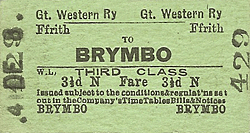 |
On 1 August 1889 the Wrexham, Mold & Connahs Quay Railway (WM&CQR) opened a station at Brymbo a short distance west of the GWR facility at an even lower elevation. The WM&CQR also operated a passenger service to Wrexham but theirs ran to Wrexham Central, which was much better situated for the town centre. |
By December 1895 Brymbo GWR had weekday departures for Wrexham General at 9:00am, 12:20pm and at 6:05pm. On Saturdays here was an additional departure at 4:25pm. There were three weekday services from Wrexham reaching Brymbo at 10:00am, 2:30pm and at 7:30pm. On Saturdays there were two additional services from Wrexham arriving at 5:15pm and at 9:00pm. There was no Sunday service. The journey time to Wrexham General was 15 minutes.
On 15 November 1897 the passenger service was extended beyond Brymbo to Coed Poeth.
On 2 May 1898 the LNWR started a service to Brymbo GWR from Mold using the line via Coed Talon. The service consisted of four trains per day to Mold and four return workings. It may have seemed logical for these services to have continued on to Wrexham but the GWR was reluctant to give the LNWR access to the town.
‘Rail Motor Cars’ of ‘One Class Only' began running along the line on 20 March 1905, and they called at newly opened halts including Brymbo West Crossing, which was far more convenient for the village centre. The final extension of the passenger service via Vicarage Crossing to Berwig Halt took place on 1 May 1905.
The summer timetable of the GWR in 1905 showed a service of six daily railmotors from Wrexham to Berwig, augmented by three to Coed Poeth on weekdays. The service was intensified to fifteen workings on Saturdays.
On 1 March 1917 the Great Central Railway (GCR), who had by then taken over the WM&CQR, withdrew their passenger service to Brymbo thereby removing competition. Since the opening of the halt at Brymbo West Crossing the GCR station had proved itself badly sited to serve Brymbo residents.
On 1 March 1917 the Great Central Railway (GCR), |
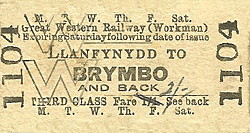 |
who had by then taken over the WM&CQR, withdrew their passenger service to Brymbo thereby removing competition. Since the opening of the halt at Brymbo West Crossing the GCR station had proved itself badly sited to serve Brymbo residents.
By 1919 the Mold service had been increased to five trains per day in each direction. In July 1922 Brymbo had weekday departures operated by the GWR for Berwig Halt at 7:45am, 9:50am, 2:13pm, 3:30pm, 4:39pm and at 7:18pm. It had two trains to Brymbo West Crossing Halt at 8:46am and 11:45am, six to Coed Poeth at 12:38pm, 4:55pm, 6:00pm, 7:03pm, 8:05pm and at 9:10pm. To Wrexham General there were trains at 8:36am, 8:55am, 10:41am, 12:02pm, 1:24pm, 2:59pm, 4:16pm, 5:22pm, 6:27pm, 7:10pm, 8:34pm and at 9:37pm. On Saturdays the afternoon timings were altered, and there was an additional late working back from Wrexham General that arrived at Brymbo at 10:03pm. Departures for Mold operated by the LNWR were at 10:10am, 2:30pm, 5:32pm and 8:15pm. On Saturdays there was an additional Mold service at 9:50pm. Trains from Mold reached Brymbo at 8:26am, 11:36am, 4:48pm and at 7:53pm. On Saturdays there was an additional arrival from Mold at 9:33pm. None of the Mold arrivals was particularly well timed to offer a good connection onwards to Wrexham General. Neither company ran any trains from Brymbo on Sundays.
In January 1923 the London Midland & Scottish Railway (LMS) took over the LNWR. By the 1920s the service to Wrexham was suffering from intense competition from motor buses which were proving to be more convenient for people travelling between the local villages and Wrexham. The buses had an adverse effect on railway ticket receipts. The GWR completely withdrew the
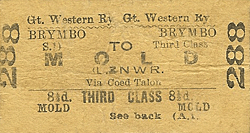 |
passenger service between Wrexham General and Berwig on 1 January 1931. The line was used mostly by goods services so the GWR had very little interest in sustaining the passenger service. They closed all of the stations on the line except for Brymbo, which had to remain open to serve the LMS trains from Mold. In summer 1932 the LMS offered five weekday |
departures from Brymbo for Mold at 8:28am, 10:00am, 2:15pm, 5:00pm and at 8:00pm. Arrivals from Mold were at 8:26am, 11:31am, 4:43pm and at 7:53pm. On Saturdays there was an additional arrival at 9:23pm and a departure at 9:56pm.
As the GWR operated no passenger trains from Brymbo after 1931 they had little interest in maintaining it in good order, and it took on an increasingly neglected air.
During the Second World War the Mold service was reduced to only two trains per day in each direction.
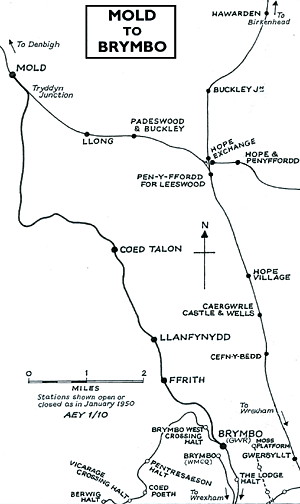 |
After the war the service remained at two trains operating in the morning and late afternoon only, laid on primarily for local children who attended Mold Grammar School. From 1 January 1948 Brymbo became part of the nationalised British Railways (Western Region). However its only passenger railway link was with the Chester – Mold – Denbigh line which was in the London Midland Region (LMR), and consequently the LMR operated the service and included the line in their public timetable book. In summer 1949 there were arrivals at Brymbo from Mold at 8:29am and at 4:40pm. Trains departed for Mold at 8:35am and at 4:50pm. The service operated Monday to Friday only. On 27 March 1950 British Railways withdrew the remaining trains, and Brymbo closed as a passenger station. By this time it had already lost its footbridge.
On 6 September 1952 the Stephenson Locomotive Society ‘Denbighshire Rail Tour’ called at Brymbo GWR station and passengers alighted. The station buildings were extant and it still had its nameboard. Interestingly the nameboard carried the suffix ‘General’ beneaththe Brymbo name although the station |
had never appeared in any timetables as Brymbo General.
Another Railtour - the ‘Wrexham and District’ - visited the station on 18 April 1959. The station buildings and platforms survived into the 1960s but by 1980 all trace of the platforms and buildings was gone. A gateway and some railings survived up to that time.
 |
The line through Brymbo remained busy well into the second half of the twentieth century. The railway to Mold closed as a through route on 1 January 1951. On 1 January 1972 the line from Brymbo West to Minera closed completely after rail traffic from the Minera limeworks had ceased. Trains between Croes Newydd and the Brymbo steelworks continued to run. This traffic seemed to be secure, but a national strike by steel workers began on 1 January 1980. The Brymbo works was not part of the nationalised British Steel and it continued to work normally, but the railway workers, decided to support their striking colleagues at British Steel. They ‘blacked’ traffic from Brymbo for a period of two weeks, during which time the works used road transport, and much of the traffic did not return to the railway. By 1981 all that remained was a daily trip to bring out finished products. By 1982 there were only three trains per week, and the last one ran on 29 September 1982. The line between Croes Newydd and Brymbo West closed completely on 1 October 1982.
Track remained in situ for a few years but was eventually lifted. In February 2011 the access gateway and a section of wall still survived on the east side of the line.
To See a film of the Wrexham & Minera Railway click here.
Ticket from Michael Stewart, Bradshaw from Nick Catford , route map drawn by Alan Young.
Sources:
- British Railway Companies, C. Awdry, 1990, Guild Publishing.
- Clinkers Register of Closed Passenger Stations and Goods Depots in England, Scotland and Wales - 1830 -1970 , C. R. Clinker & J. M. Firth, 1971
- Forgotten Railways - North and Mid Wales, Rex Christiansen, 1976, David & Charles.
- Marcher Railways, by A. Bodlander, M. Hambly, H. Leadbetter, D. Southern & S. Weatherley, 2008, Bridge Books.
- Railway Passenger Stations in Great Britain, M Quick, 2009, RCHS.
- Railway World - February 1987 - The Wrexham & Minera Joint Railway, Rex Christiansen, Ian Allan Publishing.
- Bradshaw Timetable July 1922.
To see other stations on the Wrexham and Minera Railway click on the station name: Plas Power, The Lodge, Brymbo West Crossing Halt, Pentresaeson Halt, Coed Poeth & Vicarage Crossing Halt, Berwig Halt.
To see other stations on the Brymbo - Mold line click on the station name:
Ffrith. Llanfynydd, Coed Talon & Mold
See also Moss Valley Line: Gatewen Halt, Pentre Broughton Halt, Gwersyllt Halt & Moss Halt
See Also feature: Brymbo Middle
|

old2.jpg)

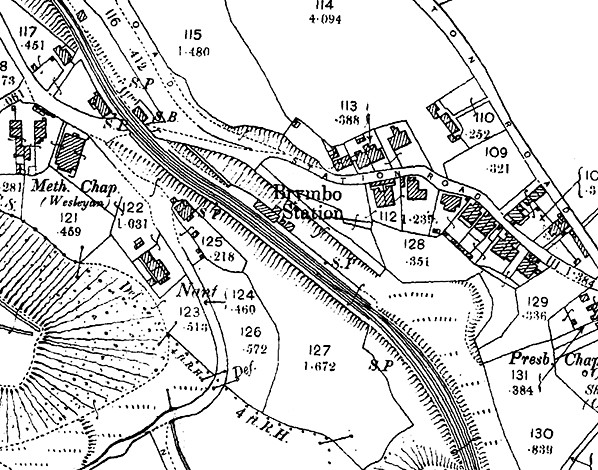
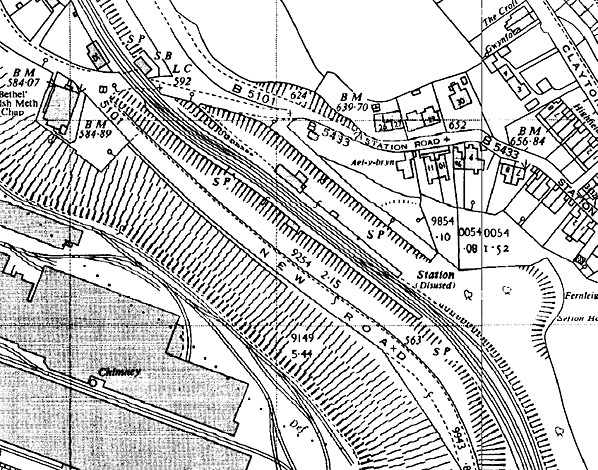
old1.jpg)
6.9.1952(john_mann_collection).jpg)
.jpg)
.jpg)
c1960(john_smith-jmc).jpg)
21.feb1980(john_mann).jpg)
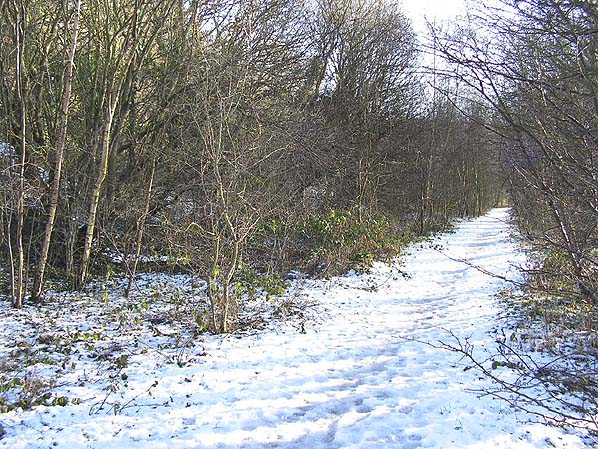
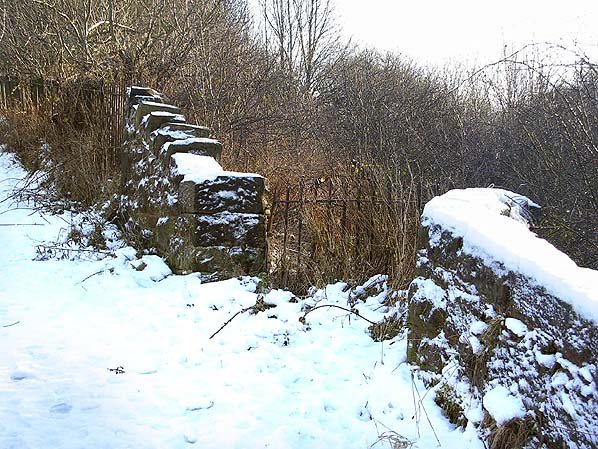
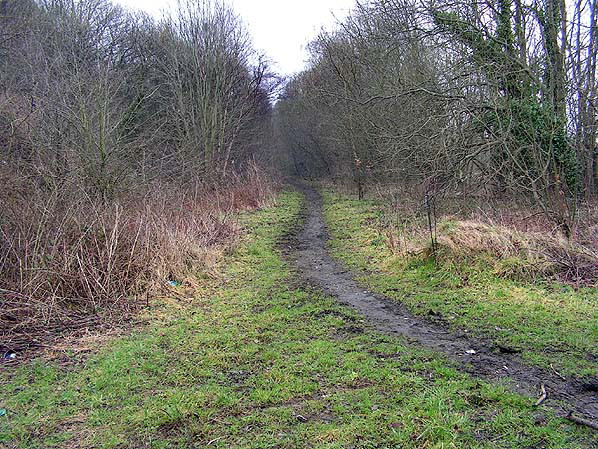
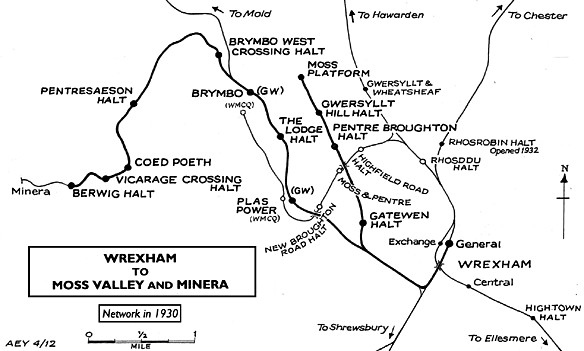






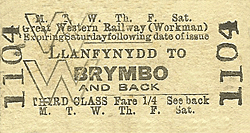

c1960 (john_smith-jmc).jpg)
.jpg)






 Home Page
Home Page